The Google Pixel 6a is finally here, and we’ve spent a week and a half with the new smartphone to see if it’s any good.
It’s Google’s latest entry in its popular A-series which has been the driving factor in the Pixel’s success over the years. Each new Pixel A phone has followed a similar formula: stick to the basics as much as possible, offer a similar design to the current Pixel flagship, and offer a serious edge in photography over the competition, all while charging a low price.
With the 6a, Google shakes that formula up a little. It has the high-end design and simplistic experience you’d expect from a phone like this, but it also offers the same Google Tensor processor as the more expensive Pixel 6 and 6 Pro, bringing flagship-level speed to a $449 smartphone.
On the other hand, the camera takes a dip in quality compared to the standard Pixel 6, which is something not typically seen in the A series. Certainly, the Pixel 6a is a different kind of mid-ranger from Google, but how does it stack up?
An excellent sub-$500 smartphone
If you’re looking to spend less than $500 on an Android phone, it doesn’t get much better than the Google Pixel 6a.
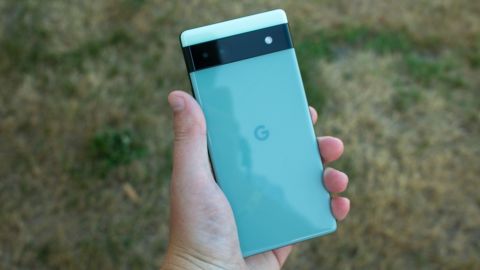
The Pixel 6a has a fantastic design. Built out of the same aluminum and glass as the more expensive Pixel 6, while offering the same two-tone finish and large camera bar, this is one of the nicest phones you’ll find for under $500. We especially appreciate the extra grip the aluminum rails give you.
Unfortunately, it uses the much older Gorilla Glass 3 to cover the screen and an unbranded 3D glass for the backplate, so you might want to grab a case and screen protector to add some protection.
The 6a comes in three different colors: Sage, Chalk, and Charcoal. We received the Sage colorway and were pleasantly surprised at its subtlety. It’s green enough to stand out while also not being too offensive. It’s a hard color to pull off, and Google did a good job at making it punch while also keeping it pleasing to look at.
What’s also pleasing is the size. The 6a comes with a 6.1-inch screen, smaller than both the 6 and 6 Pro, and it’s a lot easier to manage with one hand thanks to that. Granted, it’s still really tricky to reach the two top corners with a single hand, but at least it’s not gargantuan where you’re forced to use two hands all the time.
The device is 6.3 ounces which makes it comfortably lightweight, and notably lighter than the Pixel 6 (7.30 ounces) and 6 Pro (7.41 ounces). It’s IP67 certified so you’ll be safe if you drop it in water or take it out in the rain. There’s a USB-C port on the bottom for charging and data transfers, a SIM card tray on the left, and a set of stereo speakers between the earpiece and bottom-firing driver. There’s also a set of buttons for power and volume on the right, and they’re all satisfyingly clicky.
To pair with the 6a, Google sent us its green silicone case. Without going into too much detail, the $29 case is good enough for fans of silicone cases. It wraps around the edges of the phone a bit to add extra protection for the screen when laying on a table, and there seems to be enough reinforcement to survive some moderate drops.
A solid (but very simple) display and fingerprint scanner

The 6.1-inch screen on the Pixel 6a is very good. It uses an OLED panel with a 2400 x 1080 resolution, squaring up to 429 pixels per inch which keeps everything pin sharp. Colors, contrasts, and black levels are terrific, and the 20:9 aspect ratio slims the width of the device for that one-hand comfortability. The bezels remain slim, and there’s an unobtrusive hole-punch cutout for the 8-megapixel selfie camera.
That being said, the screen is a little basic. It doesn’t get very bright for one thing, which hinders readability in direct sunlight, and auto brightness is pretty slow to adapt at times. The refresh rate is locked to 60Hz which isn’t abnormal for budget phones, but competitors like OnePlus and Samsung have started speeding things up to 90Hz or even 120Hz on their similarly-priced handsets. Once you’ve seen a screen with a 90 or 120Hz refresh rate, it’s hard to step back to 60Hz, so it’s a bit of a shame to see the 6a remain exempt from a better screen technology.
In the end, you won’t be disappointed by the 6a’s screen, but there’s definitely some room where Google could’ve stepped up its game.

Underneath the display sits an ultrasonic fingerprint scanner. With mid-range phones, these types of features can easily be poorly executed, but the 6a luckily doesn’t meet that same fate. Its fingerprint scanner is reliable and relatively snappy. We’ve definitely tested faster sensors in our time, but it’s perfectly forgivable for a phone of this nature.
The speakers on the Pixel 6a are perfectly fine. They offer a decent amount of bass and good clarity, but they don’t get very loud. Songs like “BLACKWHITEBOY” by Logic sounded punchy and vibrant enough for an enjoyable listen, but it won’t blow your mind.
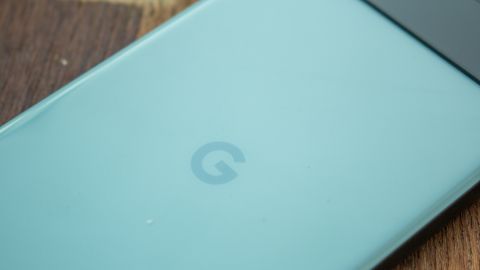
The biggest draw to the Pixel 6a is by far the processor. For the first time ever, Google has included a flagship-level chipset in a mid-range smartphone, in this case the first-generation Google Tensor, and boy does it pay off.
In our testing, we found that the 6a offers comparable performance to the Pixel 6, as it should since they share the same chip. Everything from running heavy applications to multitasking remained headache-free. That’s not something you can say about a lot of phones under $500.
We wouldn’t go as far as to say it can compete with devices like the iPhone 13 or Galaxy S22, however. The Tensor system-on-a-chip is already behind the power of Apple’s A15 Bionic and Qualcomm’s Snapdragon 8 Gen 1, and it does feel a tad slower than what we experienced with the pricier Pixel 6 and 6 Pro. It’s likely due to the 6GB of RAM Google includes, which is 2GB less than the flagships. It’s still plenty to handle most of what you want to do, but if you’re a serious multitasker or someone who likes to flip between games, you might notice the device start to choke occasionally.
In terms of 5G, Google includes support for both sub-6GHz 5GB as well as the harder-to-find-but-much-faster mmWave network. We weren’t able to test mmWave during our review period, but sub-6GHz on T-Mobile’s 5G network worked reliably well with our device regularly hitting 150-200Mbps download speeds.
Google is only offering a single 128GB storage tier with the Pixel 6a. While that’s not an issue for many people, those who need more will have to resort to cloud storage for offloading photos and videos.
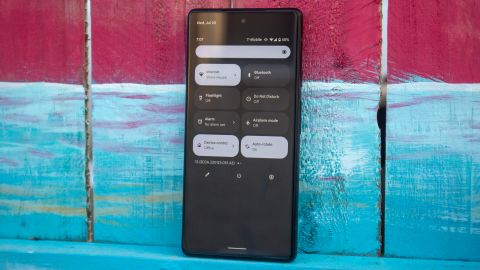
If you need a phone that can last all day on a charge, the Pixel 6a won’t disappoint. The 4,410mAh battery inside managed to last a full 16 hours every day during our review period, with around 30-35 percent left in the tank by the time we went to bed. It’s thanks to the efficiency of the Tensor processor, the 60Hz screen, and Adaptive Battery feature that Google designed a few years ago.
In our official battery test, where we looped a 4K video with 50 percent brightness and Airplane mode turned on, the Pixel 6a lasted well over 14 hours before it conked out. That’s very impressive for a phone to begin with, let alone a mid-ranger.
This is in comparison to other popular mid-rangers, like Apple’s third-generation iPhone SE. In our review, we found the device could last a full day on a charge but would start alerting us of a low battery by bedtime. That never happened on our Pixel 6a. In addition, the SE lasted 11 hours and 20 minutes on our battery test, whereas the 6a blew it out of the water.
When it’s time to recharge, Google includes 18W fast charging which, quite frankly, isn’t very fast by any modern metric. However, it’s enough to juice you back up in a somewhat timely manner (zero to 50 percent in about a half hour). Unfortunately, there’s no wireless charging, so you’ll be stuck with a wire and power brick.
Speaking of which, something we noticed that we’d like to point out is the short stature of the box the 6a comes in. As Google has previously stated, this is the first A-series phone not to ship with a power brick, following a trend first set by Apple’s iPhone and later adopted by other companies, including Google and the higher-end Pixel 6 devices. You’ll only find a USB-C to USB-C cable and documentation in the packaging along with the phone. If you already have a brick to use, then this won’t really bother you that much. If you don’t, Google is happy to sell you one for $25. That’s far from an incentivizing offer, but if you want your brick to make the “G” logo on the back of your phone, at least you have that option.
The best Android experience possible (minus the bugs)
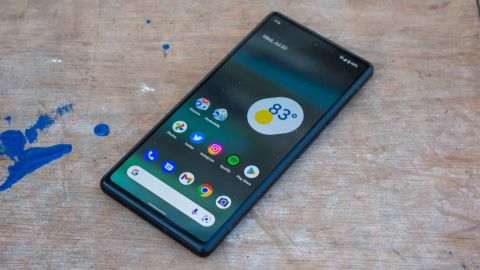
We’re huge fans of the software experience on the Pixel 6a. It’s Google’s stock Pixel experience atop Android 12, and it offers perhaps the smoothest and cleanest experience you’ll find in the Android world.
Some of our favorite features include Material You which helps make your phone feel more personal with custom colors based on your wallpaper, At a Glance widgets that intelligently show information like boarding passes for flights or music controls when it thinks you need them, Live Captions that automatically transcribe any audio content playing on your device in real time, Now Playing which shows you what song is playing around you right on your lock screen, and Live Translate that can help you talk to someone in another language through your phone.
All of that being said, the experience isn’t perfect. It’s become somewhat of a tradition for new Pixel phones to come with bugs, and the 6a is no exception. We’ve noticed the notification tray failing to spring to life a few times in our testing, and trying to swipe through pages in an app would occasionally trigger the back gesture on the edges of the screen. Some apps would also glitch a bit when opening them.
It’s safe to say that the 6a is in need of an update or two, and luckily, Google is promising them for as many as five years. That makes this phone great for anyone who likes to hang onto their phone for more than two years. Granted, only three of those years will include major system upgrades, which will likely mean the last version update will be Android 16. But security updates will continue for two years afterward, which is always nice to see.
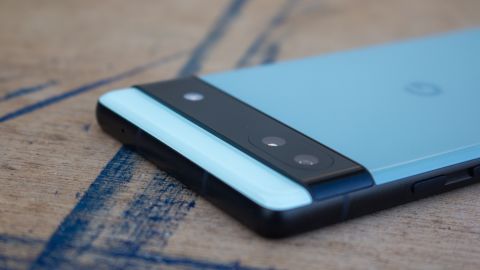
The Google Pixel A-series has always offered some of the best cameras you can find on mid-range phones, oftentimes ripping the hardware and software right off more expensive Pixel phones. That was the case with the 3a, 4a, and even the 5a, but the 6a strays pretty far from that trend.
The camera bar on the back houses a 12.2MP f/1.7 main lens as well as a 12MP f/2.2 ultra-wide sensor. These are the same sensors as the Pixel 5a, which used the same main lens as virtually every Pixel phone dating back to the Pixel 3. With the flagship Pixel 6, Google finally switched to an upgraded 50MP main lens and a more capable 16MP ultra-wide lens, making the 6a the first A-series phone to buck the trend of flagship Pixel cameras for a lower price.

That being said, in day-to-day use, we think anyone who uses them will be pleased with the image quality. Each photo has that signature Pixel look, which is a little more contrasty than other cameras and a bit more vibrant in color reproduction. The result is a great photo in virtually any lighting.
The ultra-wide camera is similar in quality to the main lens, with a little less light intake and a wider 114-degree field of view. Granted, that’s not the widest lens you’ll find on a smartphone, but it’s plenty to capture more of a scene in a single photo.

If you want to zoom in, you’ll have to rely on Google’s Super Res Zoom, which gives you up to 7x zoom. The feature can’t compete with a proper telephoto camera which is missing from the Pixel 6a, but it adds a bit of extra sharpening for a more pleasing look.

Other shooting modes such as Portrait mode remain reliable as ever. Nighttime photography is also great thanks to Google’s Night Sight which can pull in extra light and details thanks to a long exposure and some software magic.
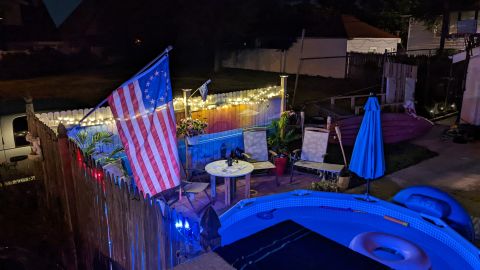
Compared to the Pixel 6 series, photos don’t take a huge dive in quality, but you can certainly tell one from the other. The 6a can’t capture as much light or detail as the 50MP sensor on the 6 and 6 Pro, so images are generally a bit softer and not as impressive in lower-light settings on this device. That being said, this is a $449 phone, and its ability to take photographs in the same ballpark as its more expensive siblings is saying something.
We also like the video quality on the 6a. You can capture clips in up to 4K at 60 frames per second, and things remained generally stable and well-balanced in our testing. It’s very close to the video quality on the Pixel 6 which isn’t suited for a flagship device, but on a mid-ranger, it’s quite good.

What’s more upsetting is the performance of the camera app. It takes noticeably longer to process photos on the 6a compared to the 6 and 6 Pro, and the shutter button can be very sluggish for no apparent reason. You’ll have to deploy some patience when using the app, which is a bit unfortunate.
Since it’s a Pixel phone, you get all the software fixings that come with it like Magic Eraser (the ability to take objects and people out of photos), Real Tone (better skin tone representation), Face Unblur, Top Shot, Frequent Faces, dual exposure controls, and Cinematic Pan. All of these features work just as well as they do on more expensive Pixel phones – even in spite of the slow camera app — and they add up to a very versatile shooting experience.
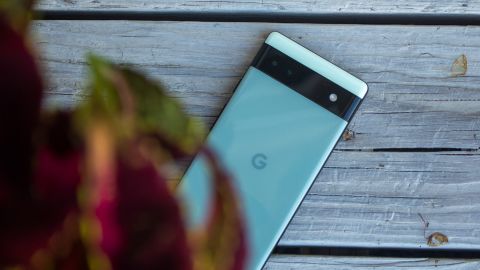
There’s a lot to like about the Pixel 6a. It has a speedy processor that can handle virtually anything you throw at it, a clean and simple software experience, a nice display, good cameras, and all-day battery life. There’s a reason the Pixel A-series has been Google’s breadwinner in the smartphone market for the past few years, and the 6a is another example of that.
Is it perfect? No. The display is pretty dim and locked to 60Hz, the camera hardware is aging, and you’ll probably run into some software bugs. But at $449, those shortcomings are very easy to forgive, especially since there’s so much stuff to like.
Side by side with other mid-rangers at similar price points, the Pixel 6a offers a compelling package. It has a much larger display than the third-generation iPhone SE, for example, which continues to ship with a 4.7-inch screen with giant bezels. It also has better cameras, battery life, and 5G connectivity than Apple’s offering.
On the other hand, the 6a doesn’t stray too far from the higher-end Pixel 6. For $150 more, you can get a similar device with a slightly larger 6.4-inch 90Hz screen, better cameras, and more storage. If those advantages appeal to you (and you’re okay with spending more money), you may find the 6 to be a better fit.
For everyone else, because of just how well-rounded it is for the price, we can’t recommend checking out the Pixel 6a enough. It really is that good.
| Display |
6.1 inches, 1080 x 2400 OLED |
4.7 inches, 1344 x 750 Retina HD |
6.4 inches, 1080 x 2340 OLED |
|---|---|---|---|
| Refresh Rate |
60Hz |
60Hz |
90Hz |
| Processor |
Google Tensor |
Apple A15 Bionic |
Google Tensor |
| Memory |
6GB |
4GB |
8GB |
| Storage |
128GB |
64GB / 128GB / 256 GB |
128GB / 256GB |
| Cameras |
12.2-megapixel wide camera, 12-megapixel ultrawide (back); 8-megapixel (front) |
12-megapixel wide camera (back); 7-megapixel (front) |
50-megapixel wide camera, 12-megapixel ultrawide (back); 8-megapixel |
| Battery life (rated) |
Up to 72 hours (with Extreme Battery Saver) |
Up to 50 hours |
Up to 48 hours (with Extreme Battery saver) |
| Water resistance |
IP67 |
IP67 |
IP68 |
| Colors |
Sage, Chalk, Charcoal |
(Product) Red, Starlight, Midnight |
Stormy Black, Sorta Seafoam, Kinda Coral |
| Price |
$449 |
$429 |
$580 |















































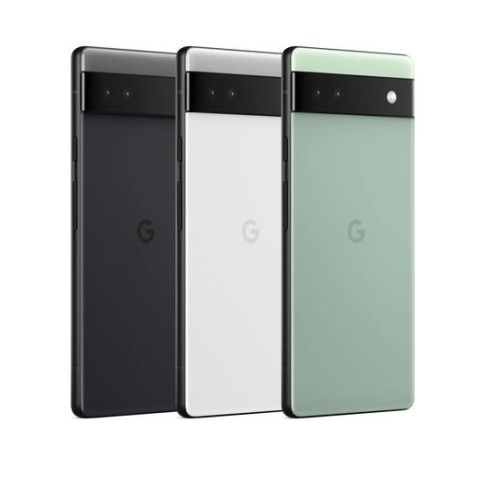



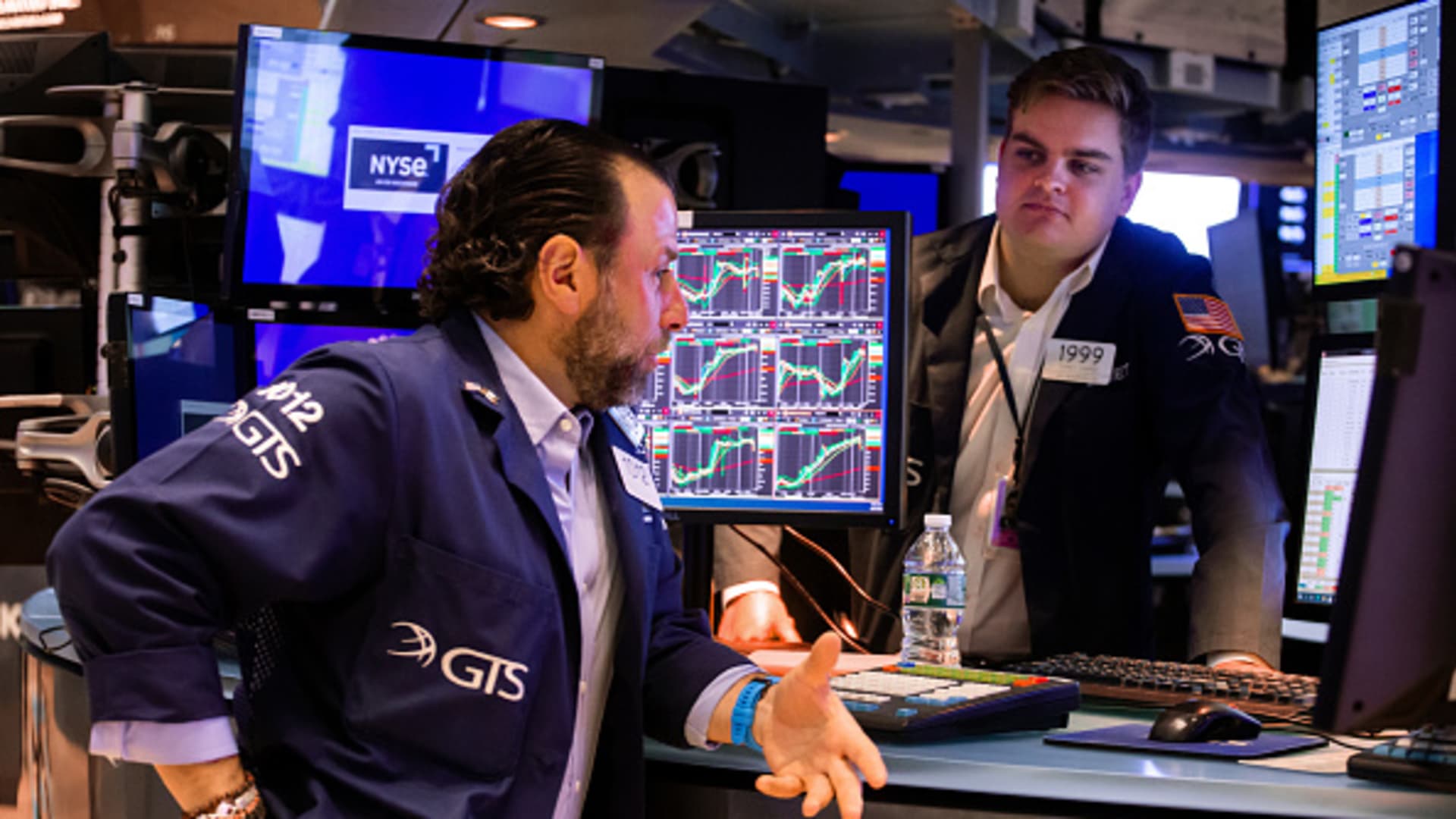



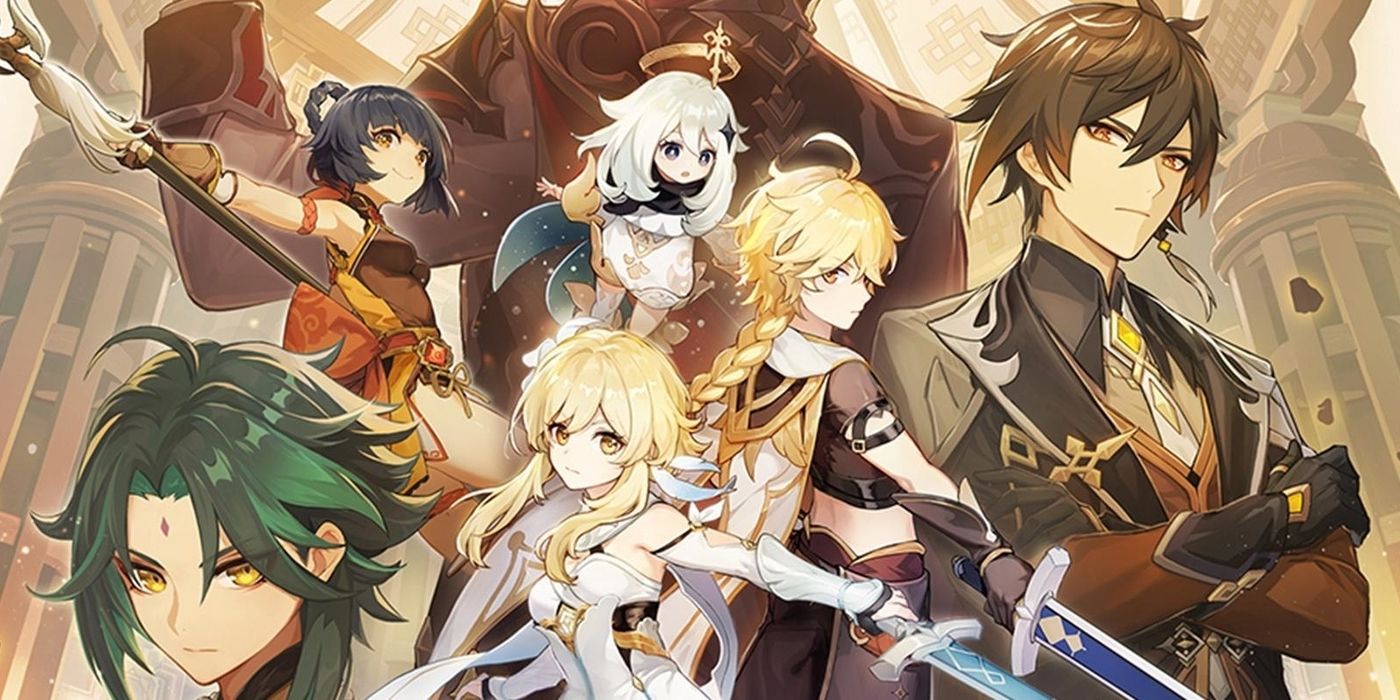

)



